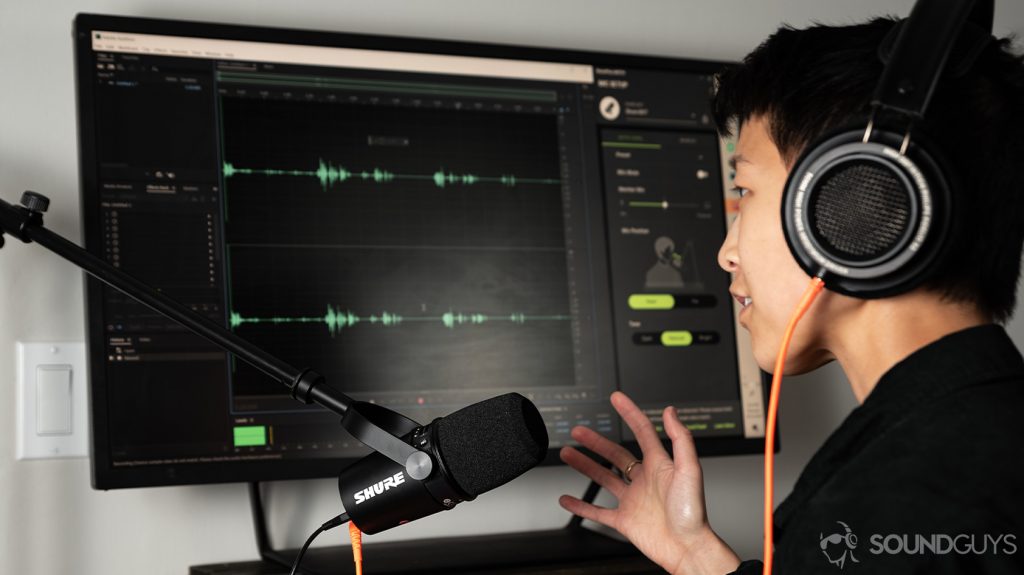

Some mics do specific things better than others, so make sure you don't spend money on a microphone with features you don't need or ever will use.

XLR mics still offer the best flexibility however, they tend to come with a not-so-flexible price tag and are more difficult to set up than USB mics (most likely requiring some external interface). If you prefer simple, then go for USB if you're more of an audiophile and want your voice to sound right, XLR all the way.Īre you streaming alone? Do you sing? Are you planning on having a round table discussion with multiple people in one room? Consider where you're going to be using your microphone and for what purpose, way before you purchase. So, expect to see loads of mics to choose from. You can record and mix multiple tracks, apply effects etc, and the site has lots of tutorials on how to use it.USB microphones are the go-to when it comes to at-home streaming and podcasting. Once you have the mic set up, then the easiest way to start recording is to download and install Audacity– it is totally FREE and so simple to use. You can read more, listen to, and watch a video review of the Blue Yeti Pro here. So you will not have any problem with this particular microphone. For example the Blue Yeti PRO (nb NOT the standard Blue Yeti Microphone) is an exceptionally high quality USB microphone and it does have its own dedicated Windows drivers. That way, you circumvent the dreaded built-in Windows 10 drivers which cause the problem of very low recording volumes on USB Microphones. Finally, another solution is to be very choosy which USB microphone you buy in the first place if you have Windows 10.

Then you will also need to install the Peace equalizer which is a Windows PC interface for Equalizer APO Install the Equalizer APO which is a parametric / graphic equalizer for Windows. (More advanced…) If Windows 10 still doesn’t seem to play nice, then another option is to install two separate pieces of software which should solve your problem, or considerably improve it at least.These are drivers designed to run any audio equipment which doesn’t have its own dedicated drivers. The next thing to try is to install and set up ASIO4All drivers.This article on the Microsoft site will guide you through some troubleshooting tips. Try re-installing the generic drivers.


 0 kommentar(er)
0 kommentar(er)
